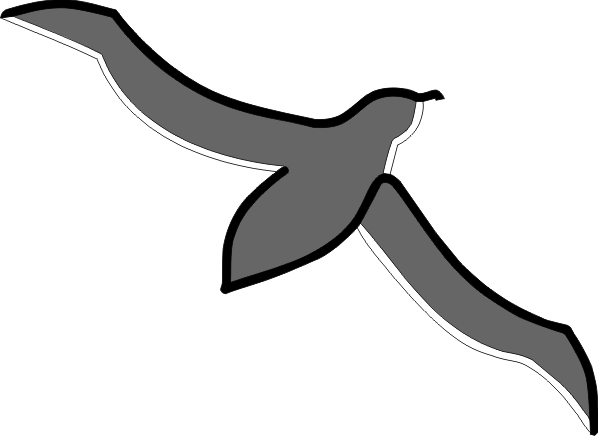Geographical information tools for overhead lines preventive maintenance
presented at CIGRÉ08 – Session 42 (Studies comity B2) Paris, France, 25 to 29 August, 2008.
Abstract
Overhead line inspections produce data that is inherently referenced by time and geography. A spatial representation of all inspection data integrated with georeferenced asset databases depicts the current line condition in a thorough manner; the analysis of georeferenced maintenance databases over time provides a framework for preventive maintenance planning, budgeting, execution and auditing. The goal is to enhance the technical quality of service, evolving from periodic maintenance/replacement programs towards optimal allocation of resources when and where they are actually needed.
The primary geographical reference is often obtained from GPS often coupled with inertial navigation systems; secondary data sources are georeferenced asset databases, line span numbering, distance measurement sensors or relative positioning to known landmarks. The nature of the data to be represented encompasses physical issues about line elements (thermal and physical faults, equipment wear and remaining life assessment), relationships between overhead lines and other entities (line and road crossings, nearby lines), operation (catenaries estimation, weather influence, line redundancy) and line track clearance issues.
Maintaining a geographical database of detected anomalies with overhead line inspection yields an accurate and robust system to localise issues and offers an enhanced insight into causes of detected anomalies, through the identification of similarities and differences among hardware conditions, field results and environment variables: e.g., same hardware under different weather conditions or same location with different hardware. The outcome is the reduction of hardware replacement and the on-site evaluation of live power-line elements over time.
A geographically referenced database of relationships with other elements and operational conditions provides data on where to expect issues to arise and how to optimise linemen’s activities: e.g., which spans are critical when the current increases,, where are the crossings with lower lines, where to enter and exit a line track for maintenance. The outcome would be the optimisation of line capacity under given ground and weather conditions and the optimal allocation of tree trimming.
Track clearance involves ecosystems that evolve near overhead lines over time and space regardless of power grid conditions. Thus, knowing line clearance, the species and local growth rate of trees, the quantity of wood and foliage near the line and the wind shielding effects provided by trees along the line all are examples of geographical-time variables fed into a process of maintenance optimisation.
The paper will focus on work developed on the OpenGIS® Reference Model framework, a set of specifications developed by an international consortium of companies, government agencies and universities. OpenGIS compliant systems interchange geographic object databases, imagery and geoprocessing services. Experimental results from transmission and distribution overhead grids are presented.



